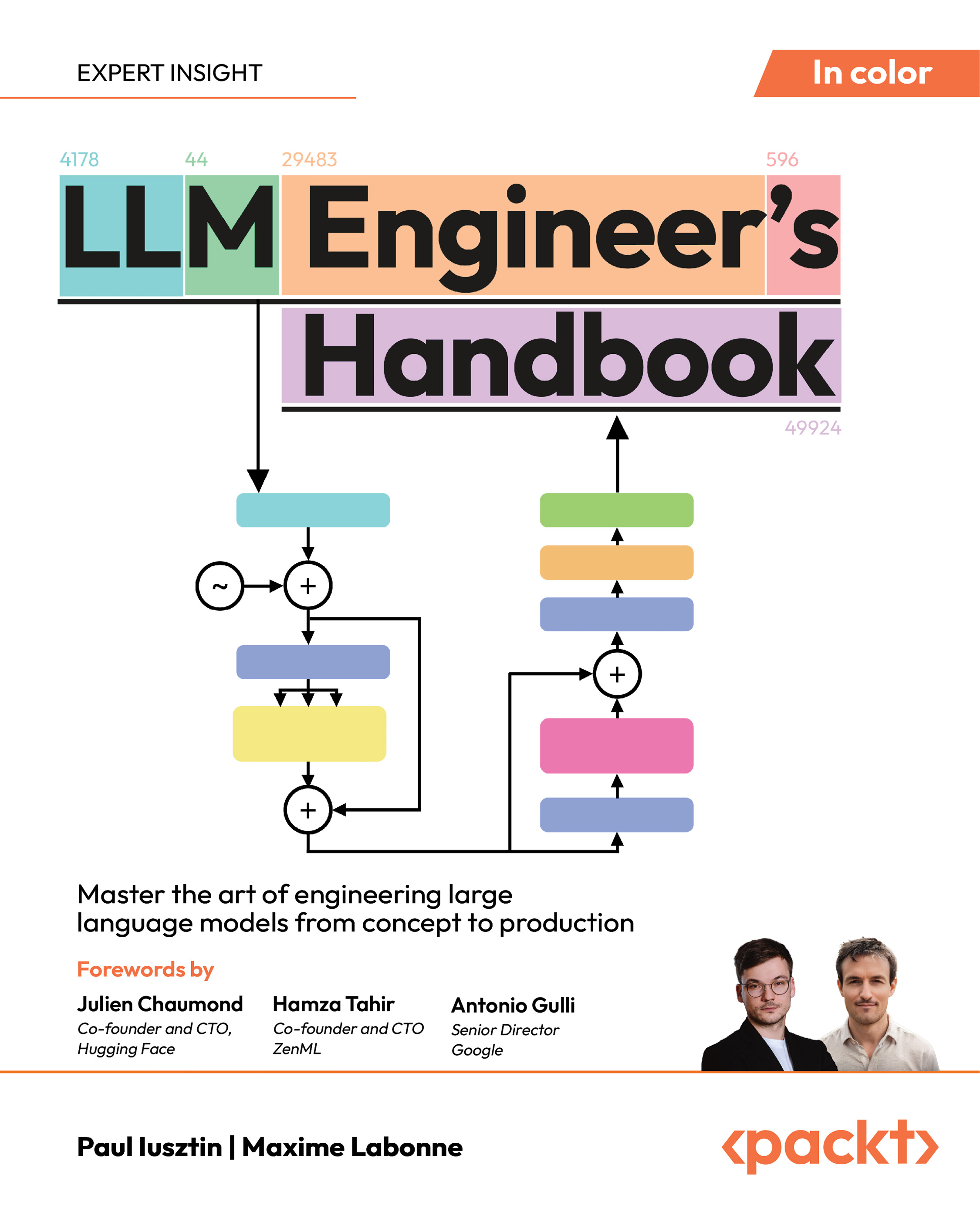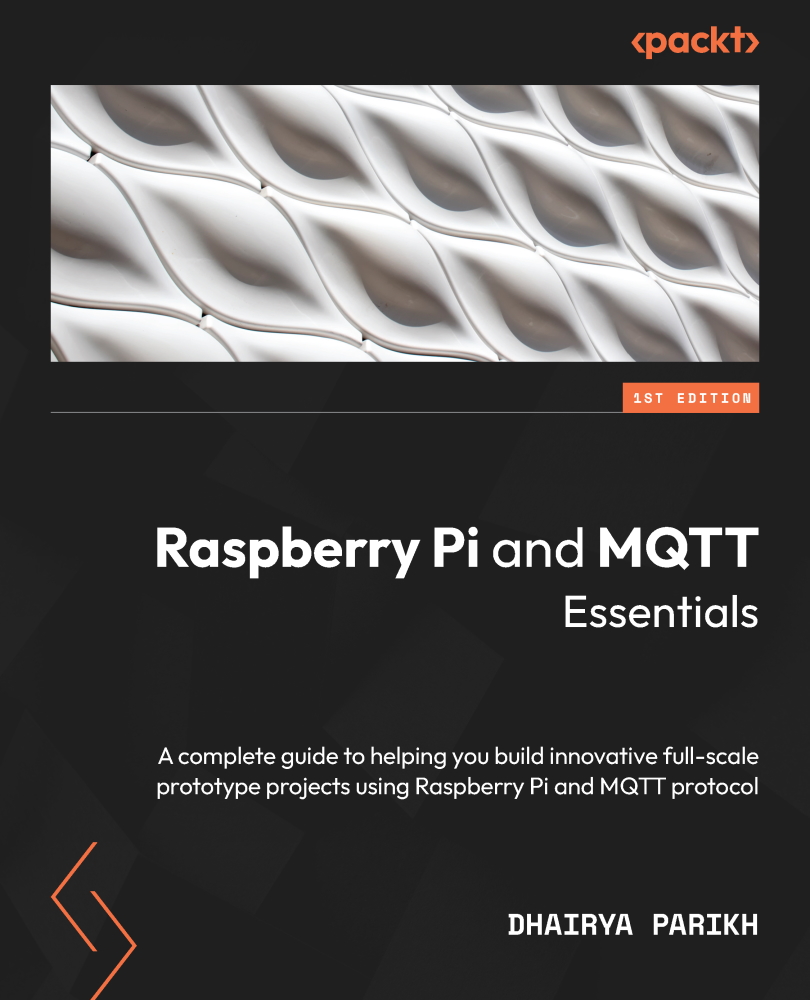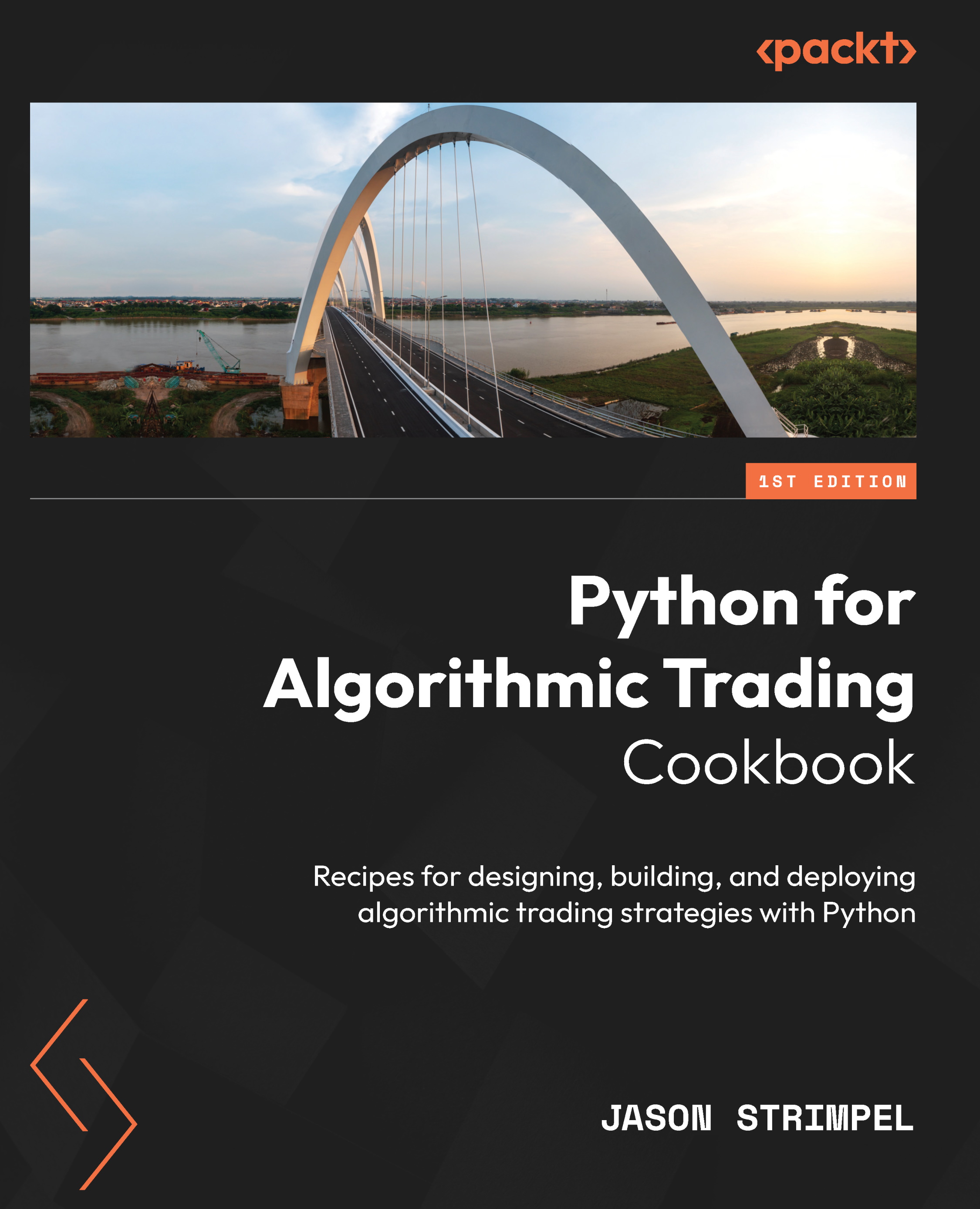Google researchers have build a tool called JAX, a domain-specific tracing JIT compiler, which generates high-performance accelerator code from pure Python and Numpy machine learning programs. It combines Autograd and XLA for high-performance machine learning research. At its core, it is an extensible system for transforming numerical functions.
Autograd helps JAX automatically differentiate native Python and Numpy code. It can handle a large subset of Python features such as loops, branches, recursion, and closures. It comes with support for reverse-mode (backpropagation) and forward-mode differentiation, and these two can be composed arbitrarily in any order.
XLA or Accelerated Linear Algebra is a linear algebra compiler used for optimizing TensorFlow computations. To run the NumPy programs on GPUs and TPUs, JAX uses XLA. The library calls are compiled and executed just-in-time. JAX also allows compiling your own Python functions just-in-time into XLA-optimized kernels using a one-function API, jit.
How JAX works?
The basic function of JAX is specializing and translating high-level Python and NumPy functions into a representation that can be transformed and then lifted back into a Python function. It traces Python functions by monitoring all the basic operations applied to its input to produce output and then records these operations and the data-flow between them in a directed acyclic graph (DAG).
For tracing the functions, it wraps primitive operations and when they’re called they add themselves to a list of operations performed along with their inputs and outputs. In order to keep track of the data flow between these primitive operations, the values being tracked are wrapped in the Tracer class instances.
The team is working towards expanding this project and provide support for cloud TPU, multi-GPU, and multi-TPU. In future, it will come with full NumPy coverage and some SciPy coverage, and more. As this is still a research project, we can expect bugs and is not recommended to be used in production.
To read more in detail and contribute to this project, head over to GitHub.
Google AdaNet, a TensorFlow-based AutoML framework
Graph Nets – DeepMind’s library for graph networks in Tensorflow and Sonnet
Dopamine: A Tensorflow-based framework for flexible and reproducible Reinforcement Learning research by Google
Unlock access to the largest independent learning library in Tech for FREE!
Get unlimited access to 7500+ expert-authored eBooks and video courses covering every tech area you can think of.
Renews at $19.99/month. Cancel anytime
 United States
United States
 Great Britain
Great Britain
 India
India
 Germany
Germany
 France
France
 Canada
Canada
 Russia
Russia
 Spain
Spain
 Brazil
Brazil
 Australia
Australia
 Singapore
Singapore
 Canary Islands
Canary Islands
 Hungary
Hungary
 Ukraine
Ukraine
 Luxembourg
Luxembourg
 Estonia
Estonia
 Lithuania
Lithuania
 South Korea
South Korea
 Turkey
Turkey
 Switzerland
Switzerland
 Colombia
Colombia
 Taiwan
Taiwan
 Chile
Chile
 Norway
Norway
 Ecuador
Ecuador
 Indonesia
Indonesia
 New Zealand
New Zealand
 Cyprus
Cyprus
 Denmark
Denmark
 Finland
Finland
 Poland
Poland
 Malta
Malta
 Czechia
Czechia
 Austria
Austria
 Sweden
Sweden
 Italy
Italy
 Egypt
Egypt
 Belgium
Belgium
 Portugal
Portugal
 Slovenia
Slovenia
 Ireland
Ireland
 Romania
Romania
 Greece
Greece
 Argentina
Argentina
 Netherlands
Netherlands
 Bulgaria
Bulgaria
 Latvia
Latvia
 South Africa
South Africa
 Malaysia
Malaysia
 Japan
Japan
 Slovakia
Slovakia
 Philippines
Philippines
 Mexico
Mexico
 Thailand
Thailand















